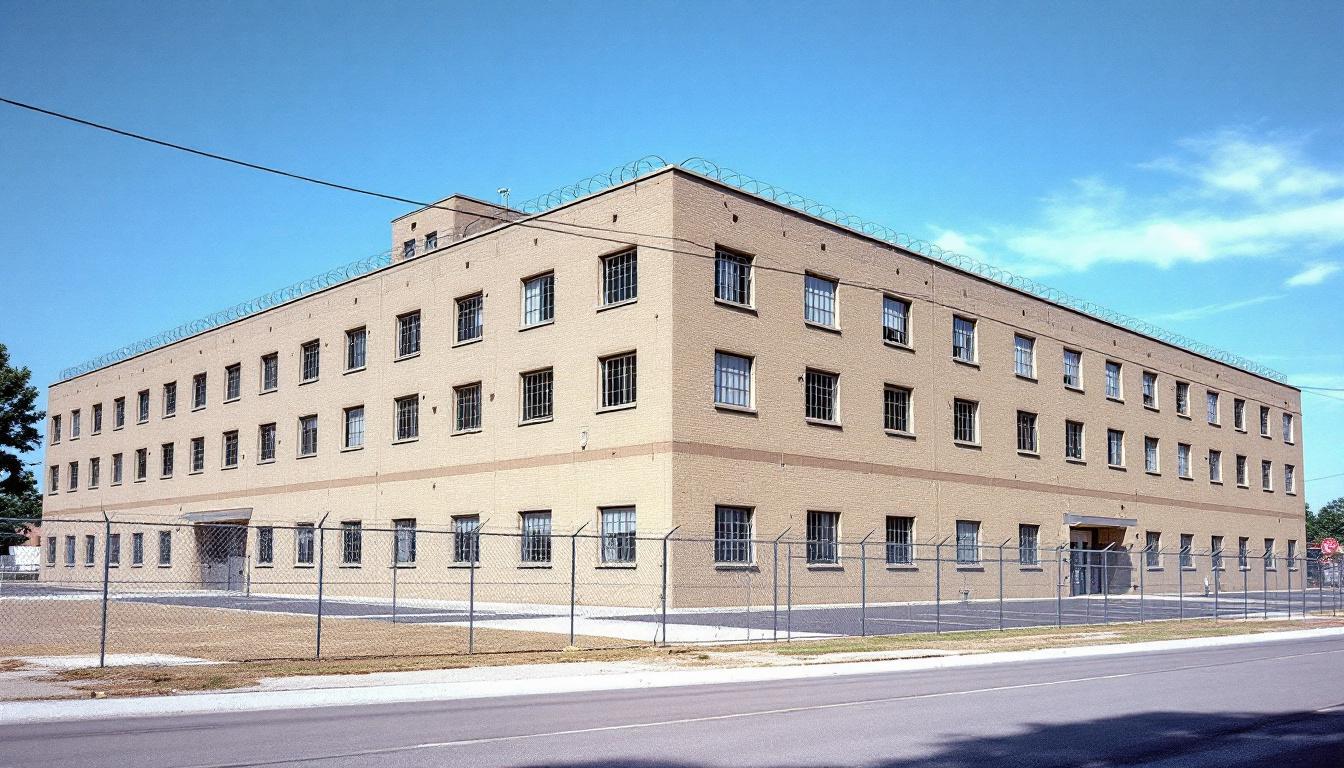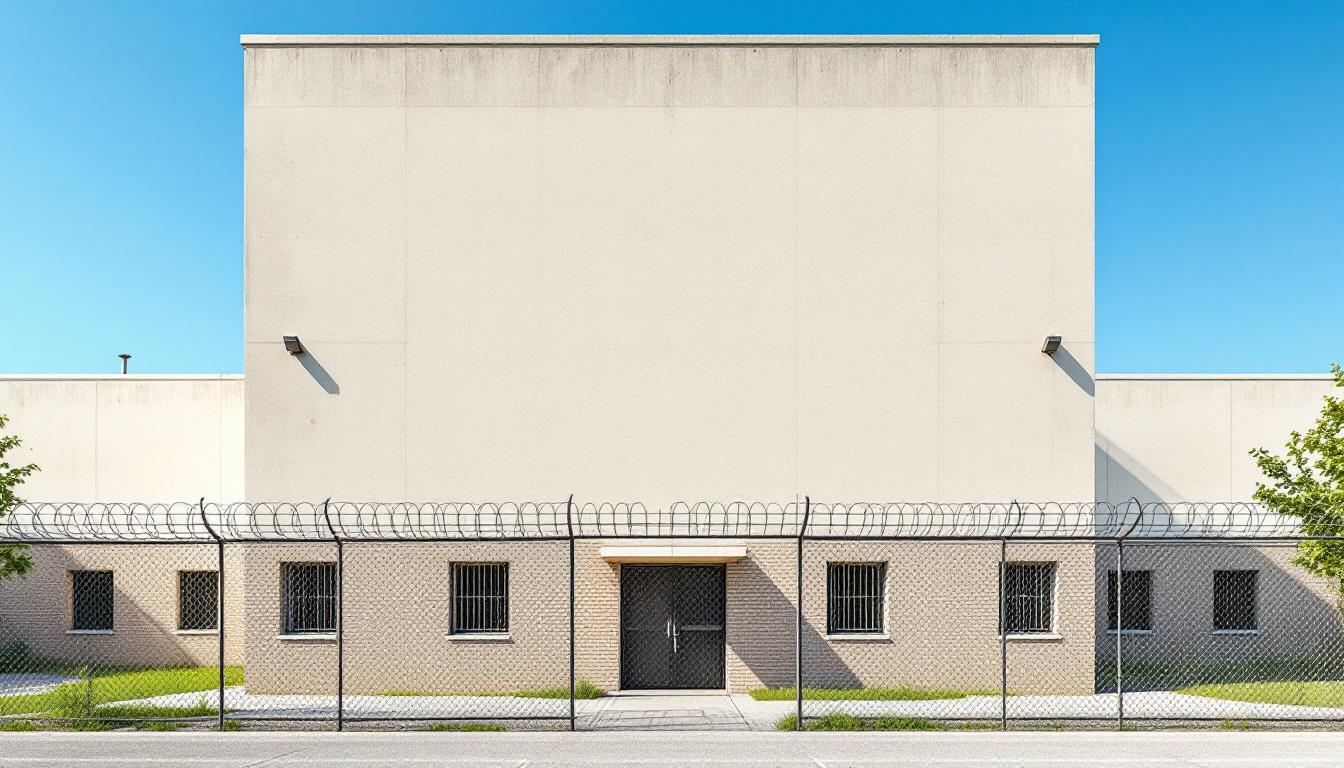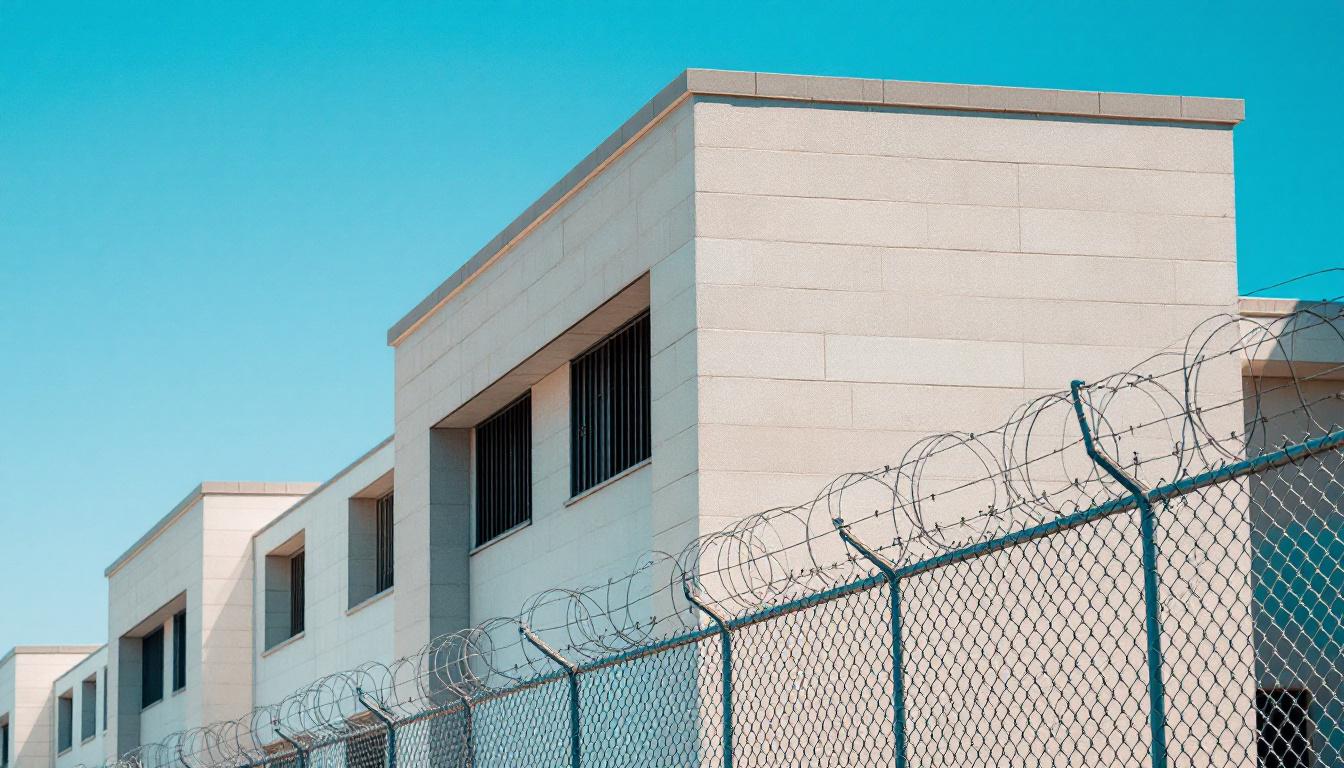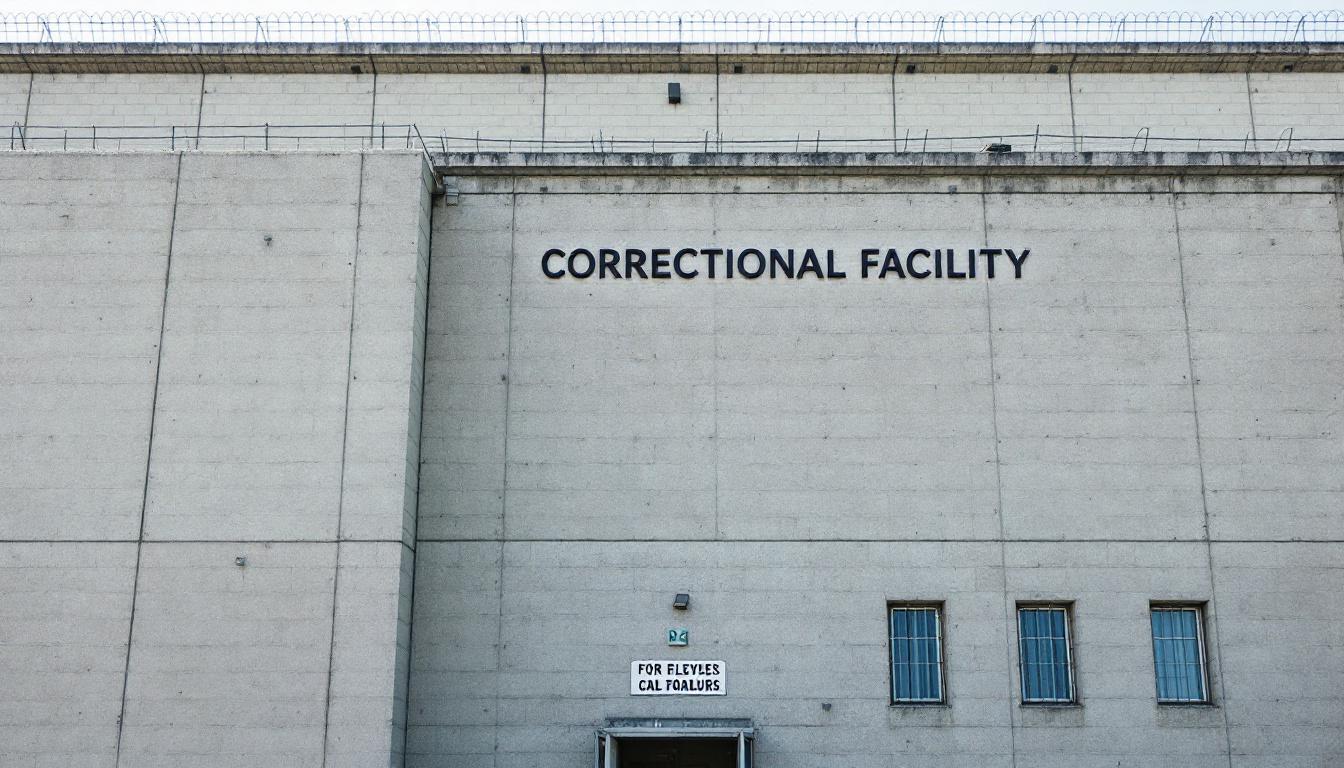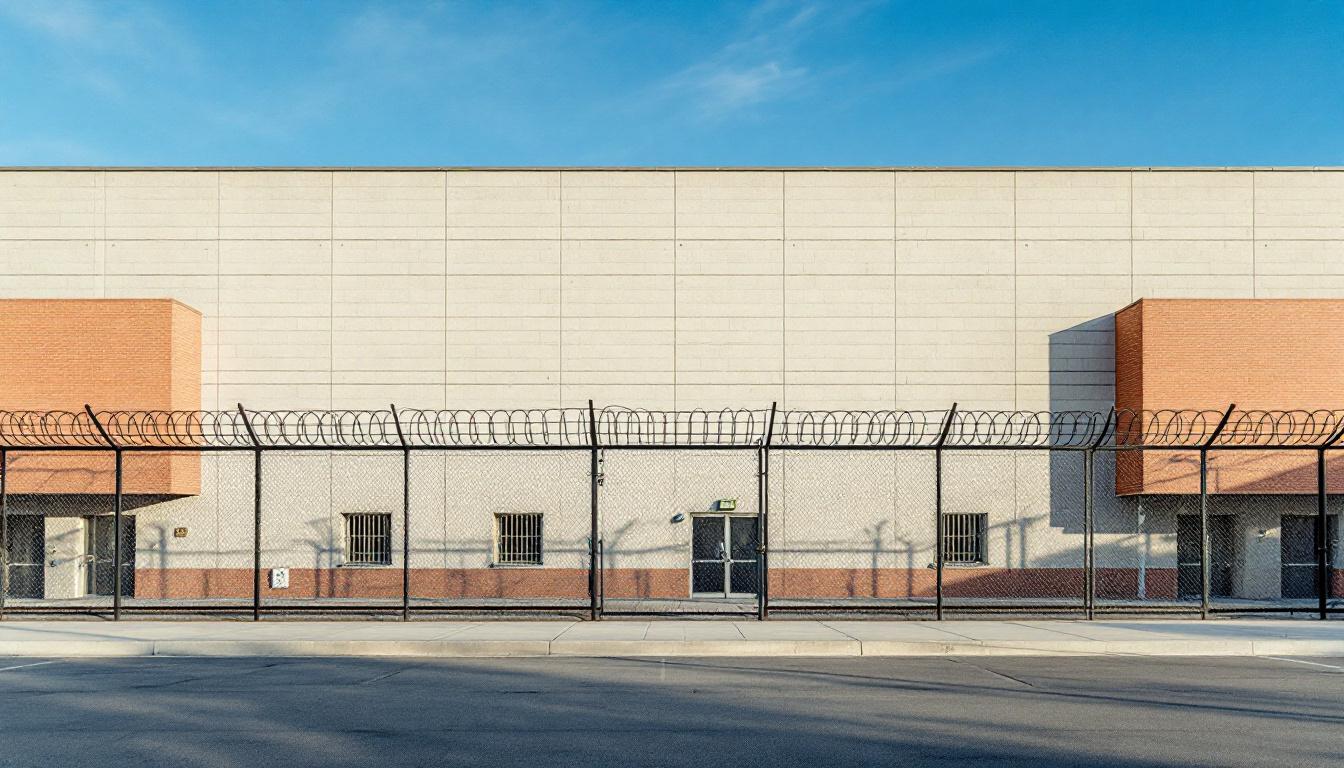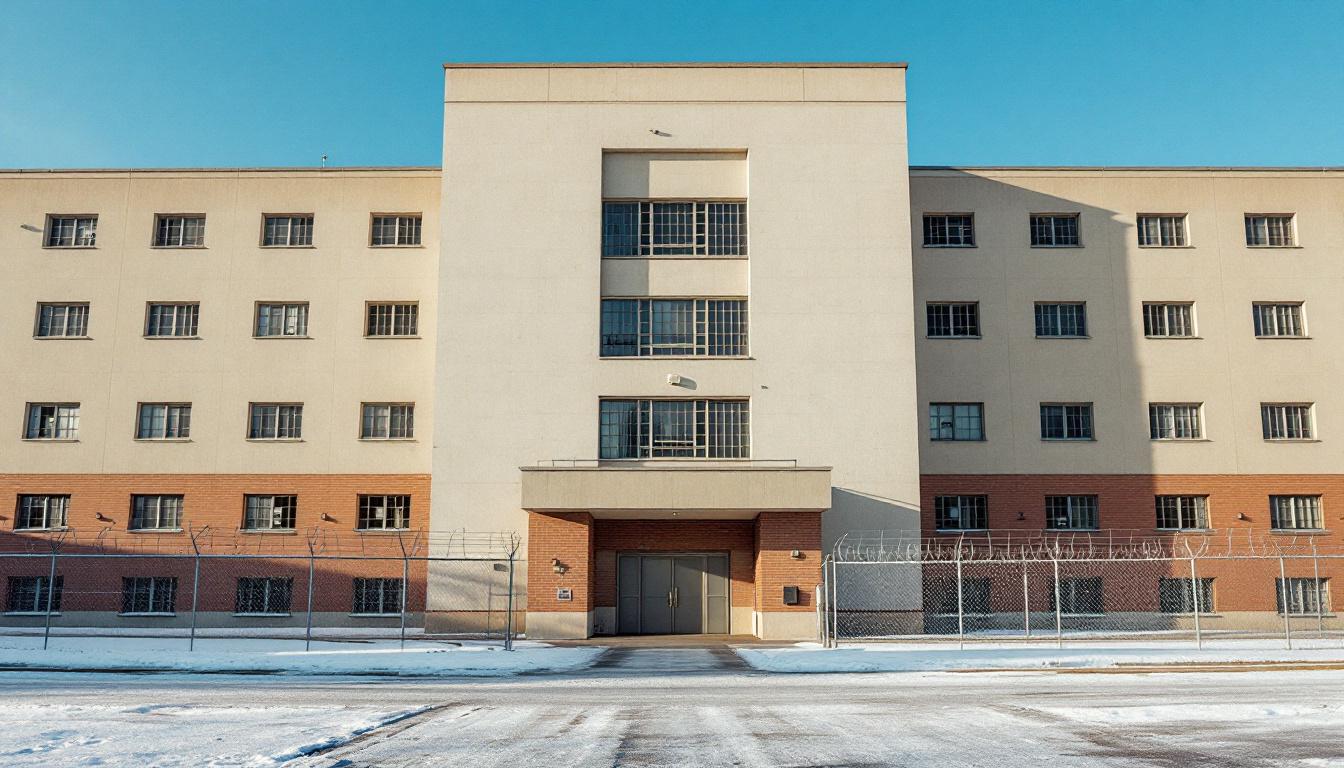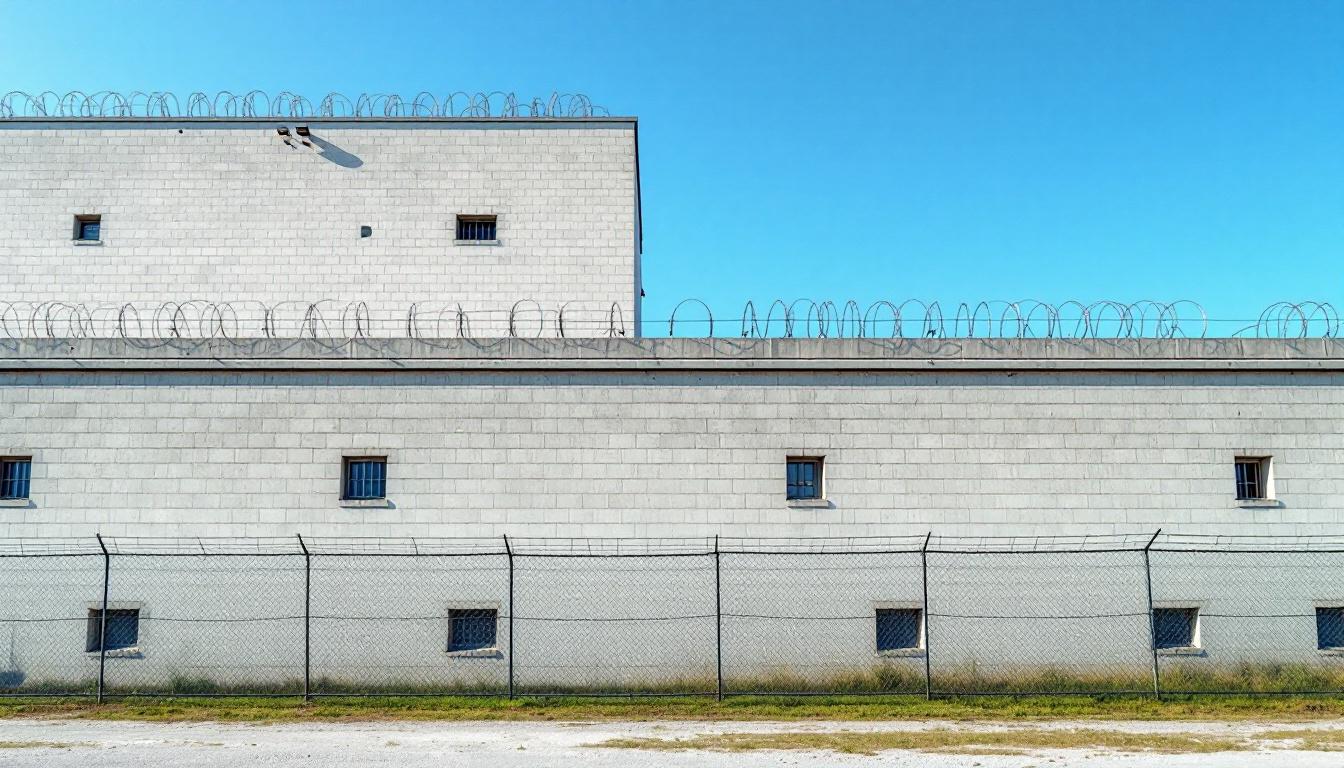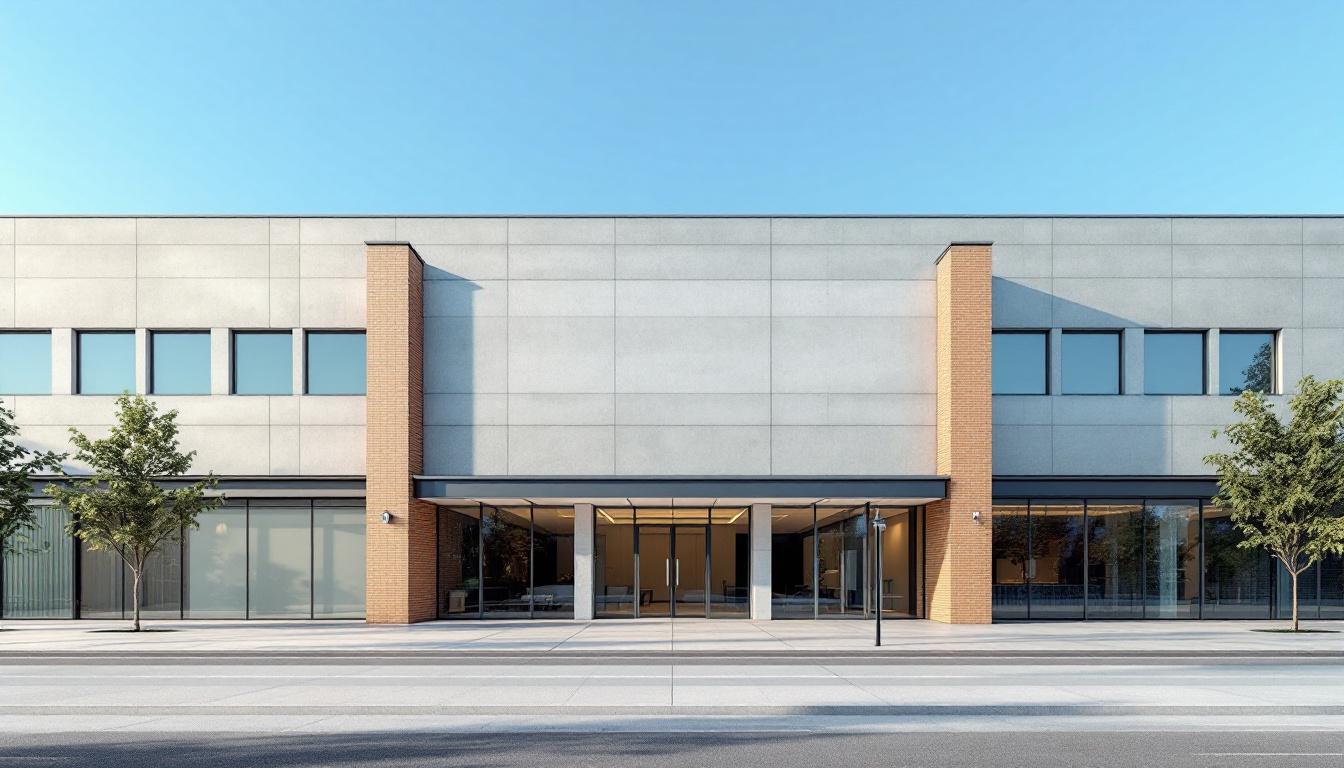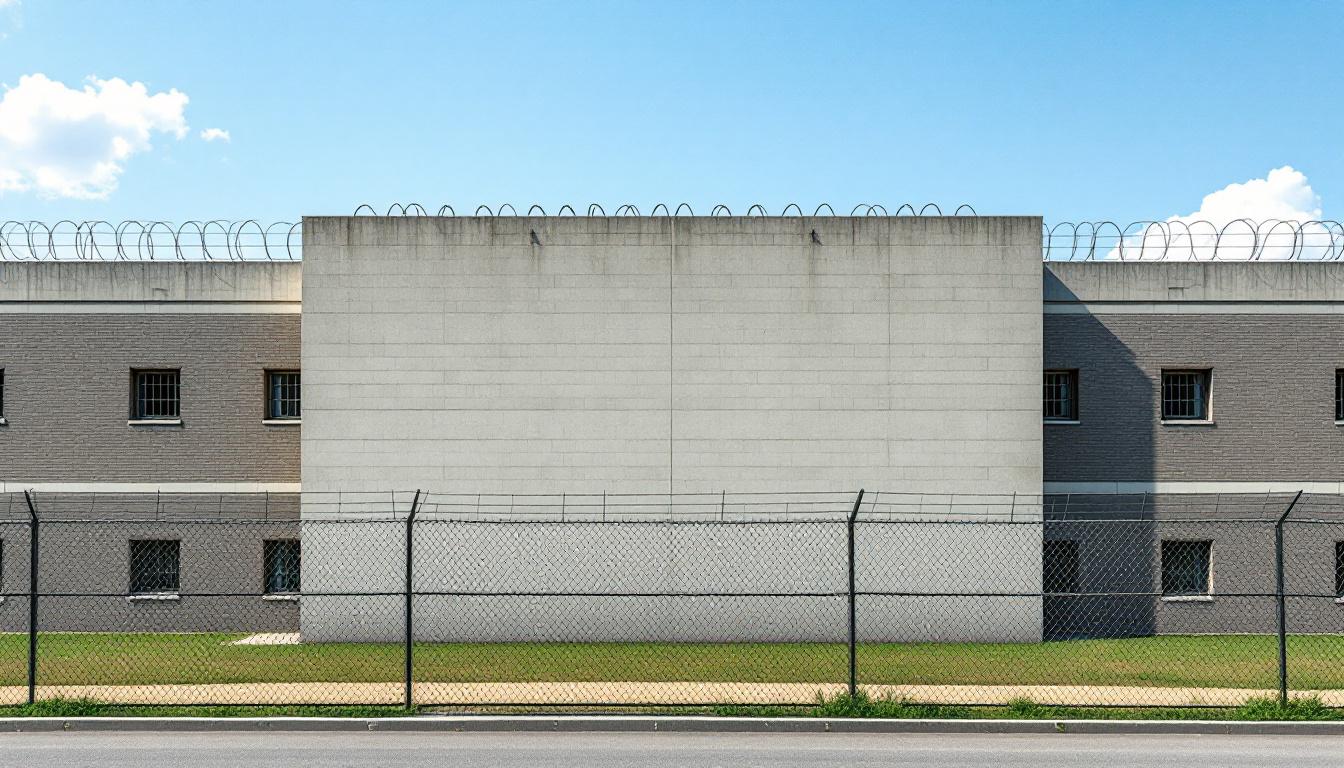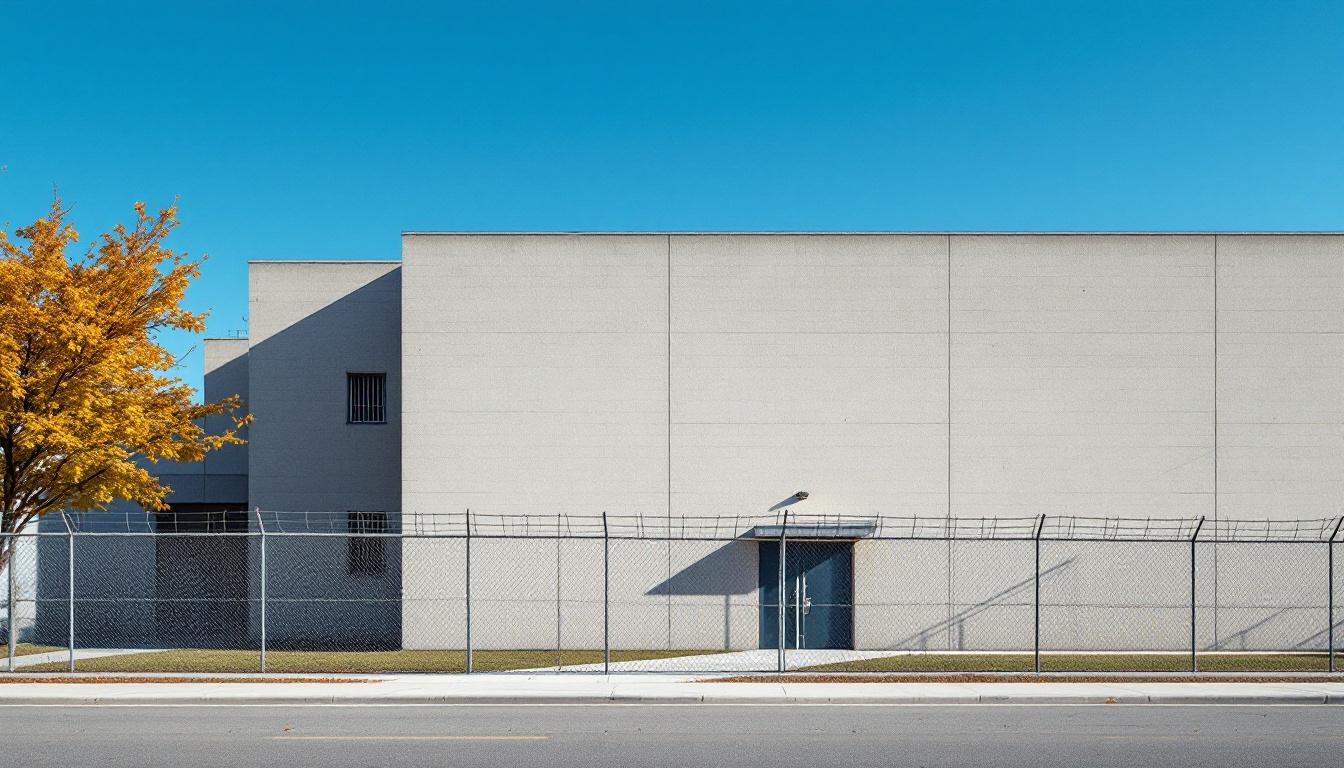
Quick Navigation
How to contact an inmate at Topeka Correctional Facility
This comprehensive guide will walk you through how to connect with an inmate at Topeka Correctional Facility. Follow the steps below to find an inmate and send letters and photos:
- Search for the inmate using our search tool below
- Create your account or log in to Penmate
- Write your message (up to 6,000 characters)
- Send instantly - inmates receive printed copies daily
Find an Inmate
Search for an inmate to start communicating today
Tip: You can search by first name, last name, or inmate ID number
To contact a person at Topeka Correctional Facility start by searching for the person on the official facility website. Perform a search by following these steps:
- Step 1: Enter their first name and last name into the search form and click "Search"
- Step 2: Locate their inmate record
- Step 3: Write down their Inmate ID and any housing information provided
Important! Be sure to enter the person's full name. Nicknames should not be used.
How to Send Messages to Inmates

You can use your phone or computer to send emails, letters, and photos to an inmate. Messages are sent electronically to inmate tablets or kiosks at the facility. If you would like to send a message, start by searching for an inmate at Topeka Correctional Facility.
Sending Photos and Postcards

A great way to send love and support to a loved one at Topeka Correctional Facility is to send photos and postcards. It only takes a few minutes to send photos from your phone and it makes a huge difference. You can also mail postcards with words of support and inspiration, or design your own postcard for special moments like birthdays and holidays.
Important! Be sure not to send any explicit photos or they may not be approved by the facility. You can also use a photo printing app like Penmate to make sure your photos are printed at the correct size (4x6 or 3x5) and are mailed according to the rules and regulations of Topeka Correctional Facility.
Frequently asked questions about Topeka Correctional Facility
-
How long does it take to deliver a message?
If you're sending an email message your letter is usually delivered within 24-48 hours. For messages sent via mail you should expect delivery within 3-7 days. All messages will need be approved by Topeka Correctional Facility.
-
How much does it cost to send a message to Topeka Correctional Facility?
You can send a message free using your phone or mail a message via USPS for the price of a $0.60 stamp and envelope. You can also purchase credits or e-stamps from services starting at $1.99.
-
What services can I use to contact an inmate at Topeka Correctional Facility?
Penmate
You can use Penmate to send letters and photos to an inmate from your phone. It's an easy way to stay in touch during your loved one's incarceration. Use the inmate locator to find an inmate's location and contact information, then you can send messages within a few minutes.
Securus messaging
Securus may be another option for communicating with an inmate at Topeka Correctional Facility. You can create a friends and family account and purchase credits to send messages. All messages will be reviewed and must be approved by the facility.
JPay
Some county jails and state prisons may support sending messages with JPay. You must register an account with the system, find your loved one, and purchase stamps to send messages. For some locations you can also attach photos.
Smart Jail Mail
You may also check if Smart Jail Mail is available at Topeka Correctional Facility. Smart Jail Mail is operated by Smart Communications and has contracted with some state and county jails. After purchasing credits, your messages and photos are sent to the facility, printed out, and then handed out to your loved one.
-
What is the mailing address of Topeka Correctional Facility?
Mailing address:
Topeka Correctional Facility
815 SE Rice Rd
Topeka, KS 66607
Phone: (785) 296-3432Business hours:
- Monday: Open 24 hours
- Tuesday: Open 24 hours
- Wednesday: Open 24 hours
- Thursday: Open 24 hours
- Friday: Open 24 hours
- Saturday: Open 24 hours
- Sunday: Open 24 hours
-
What are the visiting hours at Topeka Correctional Facility?
Visiting hours at Topeka Correctional Facility vary by housing unit and security level. Generally, visits are scheduled on weekends and holidays, with some facilities offering weekday visits. Contact the facility directly at (785) 296-3432 or check their website for the current visiting schedule. Visits typically last 30-60 minutes and must be scheduled in advance.
-
What items are prohibited when sending mail to Topeka Correctional Facility?
Prohibited items typically include: cash, personal checks, stamps, stickers, glitter, glue, tape, staples, paperclips, polaroid photos, musical or blank greeting cards, hardcover books, magazines with staples, and any items containing metal or electronics. Only send letters on plain white paper with blue or black ink. Photos must be printed on regular photo paper (no Polaroids). Always check with Topeka Correctional Facility for their specific mail policies.
-
How do I send money to an inmate at Topeka Correctional Facility?
You can send money to an inmate at Topeka Correctional Facility through several methods: 1) Online using JPay, Access Corrections, or the facility's approved vendor, 2) Money orders mailed directly to the facility with the inmate's name and ID number, 3) Kiosks located in the facility lobby, or 4) Over the phone using a credit or debit card. Fees vary by method, typically ranging from $2.95 to $11.95 per transaction.
-
Can I schedule a video visit with an inmate at Topeka Correctional Facility?
Many facilities now offer video visitation as an alternative to in-person visits. At Topeka Correctional Facility, video visits may be available through services like Penmate, Securus Video Connect, GTL, or ICSolutions. Video visits typically cost $10-20 for 20-30 minutes and must be scheduled in advance. You'll need a computer or smartphone with a camera and reliable internet connection. Contact the facility for their specific video visitation policies and approved vendors.
-
What identification do I need to visit an inmate at Topeka Correctional Facility?
All visitors must present valid government-issued photo identification such as a driver's license, state ID, passport, or military ID. Minors must be accompanied by a parent or legal guardian who can provide the minor's birth certificate. Some facilities require visitors to be on the inmate's approved visitation list, which may require a background check. Contact Topeka Correctional Facility for specific ID requirements and visitor approval procedures.
-
How can I find out an inmate's release date?
To find an inmate's release date at Topeka Correctional Facility, you can: 1) Use the online inmate search tool if available, 2) Call the facility's records department, 3) Contact the inmate's case manager or counselor, or 4) Have the inmate provide this information during a call or visit. For privacy reasons, some facilities only release this information to immediate family members.
Facility Overview
Contact Information
Topeka Correctional Facility815 SE Rice Rd
Topeka, KS 66607
Phone: (785) 296-3432
Official Website
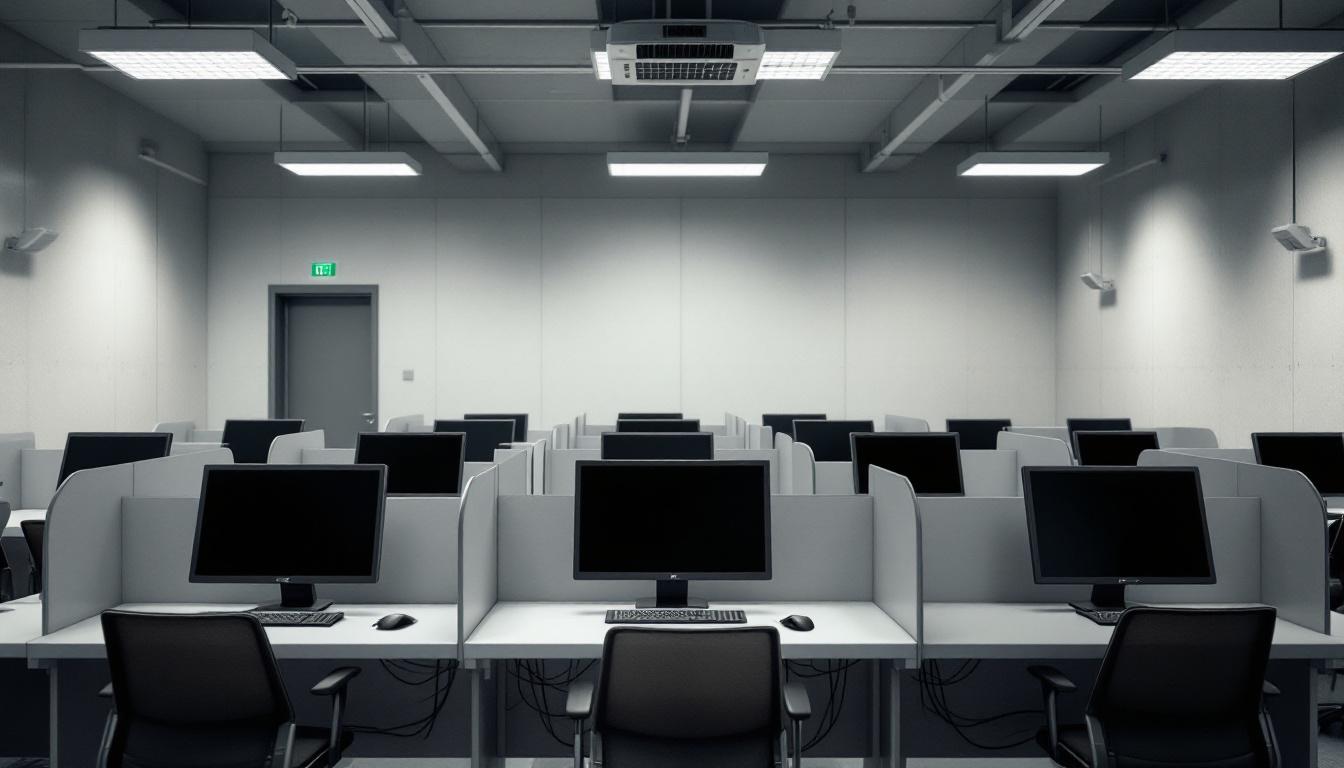
About Topeka Correctional Facility
Rehabilitation and public safety converge at the heart of Kansas's correctional mission through Topeka Corrections Facility, CA, where evidence-based practices guide daily operations in the state capital region. Located within Topeka's established infrastructure, this KS correctional facility operates as an integral component of the state's broader correctional system, typically focusing on maintaining secure custody while fostering meaningful connections between those incarcerated services and community-based support networks. The facility's approach generally emphasizes structured programming that may include educational opportunities, vocational training, and behavioral interventions designed to address underlying factors contributing to criminal behavior.
Community partnerships often form the backbone of effective correctional programming, and facilities in the Topeka area typically benefit from the capital city's diverse resource network. Those incarcerated services may include access to mental health counseling, substance abuse treatment, and job readiness preparation that connects with local employers and service providers. The facility generally maintains security protocols consistent with its classification level while creating opportunities for individuals to develop skills and perspectives that support successful community reintegration.
Through its position within Kansas's correctional framework, Topeka Corrections Facility, CA typically serves both immediate public safety needs and longer-term rehabilitation goals. The structured environment may offer various programming tracks that address educational deficits, career development, and personal accountability, often drawing upon resources available throughout the greater Topeka community. This comprehensive approach generally reflects current best practices in corrections, emphasizing evidence-based interventions that support both individual growth and community safety outcomes.
Programs & Services
Within the structured environment of Topeka Corrections Facility, comprehensive opportunities for personal transformation and skill development create pathways toward successful community reintegration. The facility's approach emphasizes providing those incarcerated with meaningful chances to address underlying challenges while building practical competencies essential for post-release success. Through carefully structured offerings that prioritize both security and personal growth, participants can engage in evidence-based interventions designed to foster lasting behavioral change and professional development.
Educational and vocational offerings typically form the cornerstone of the facility's development approach, with those incarcerated having access to academic programming that may furnish basic literacy instruction through advanced coursework. The educational component often includes opportunities to pursue high school equivalency credentials and college-level studies through distance learning arrangements. Also available are vocational training opportunities that focus on in-demand trade skills, allowing participants to develop marketable competencies in areas such as construction, maintenance, and food service while maintaining the facility's operational requirements.
Support services and therapeutic interventions provide additional layers of comprehensive care designed to address the complex factors contributing to criminal behavior. Substance abuse treatment offerings typically employ evidence-based methodologies to help those incarcerated develop coping strategies and maintain long-term recovery goals. Also integral to the facility's approach are reentry support services, which may furnish housing assistance and job placement guidance to ease the transition back into the community. Community service opportunities often allow participants to contribute meaningfully to local initiatives while developing work habits and social responsibility skills essential for successful reintegration.
Daily Life & Visitation
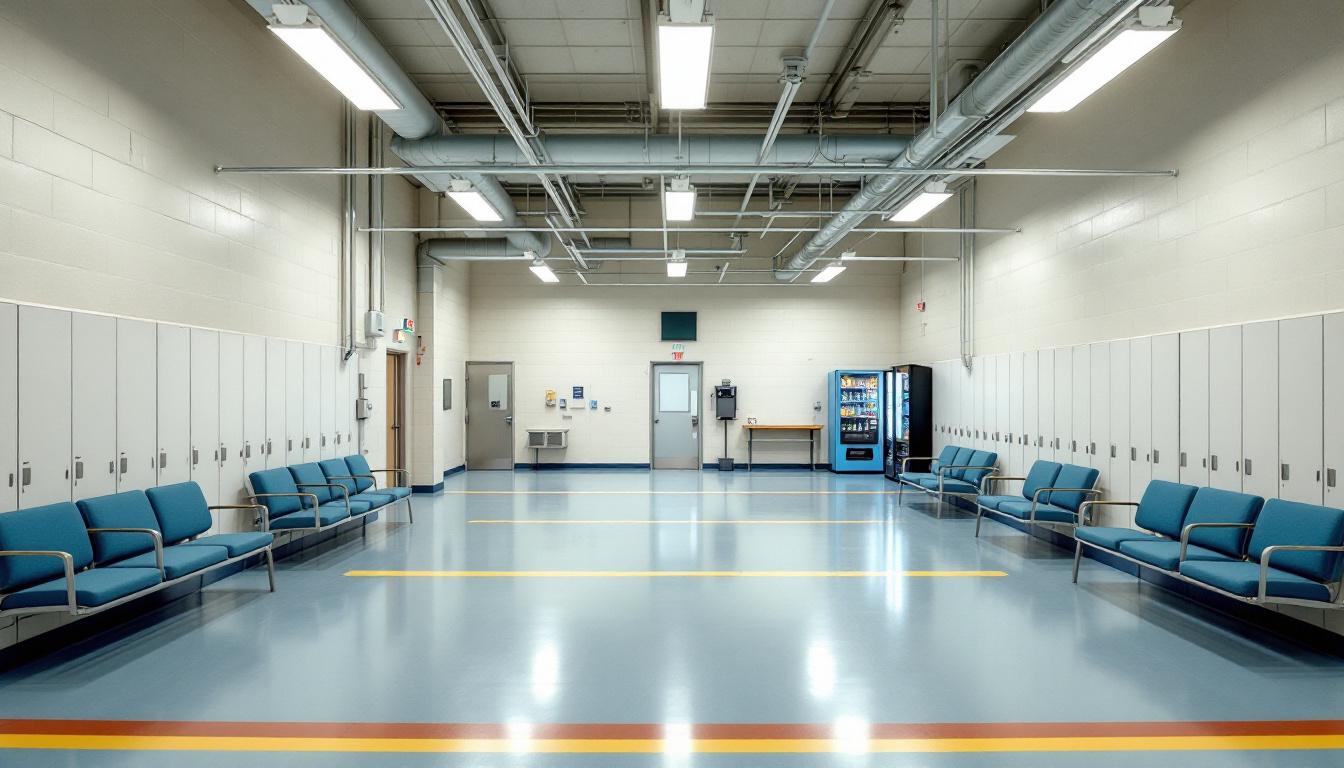
Building meaningful connections with fellow residents and maintaining ties to family members forms the cornerstone of daily existence for those incarcerated at this facility. At present, the structured environment actively encourages social interaction through shared common areas, group dining experiences, and collaborative work assignments that help individuals develop supportive relationships during their time of incarceration. The daily routine typically begins with early morning counts, followed by breakfast in communal dining halls where residents gather around tables that accommodate multiple individuals, creating natural opportunities for conversation and community building.
Housing arrangements generally consist of dormitory-style units or shared cells that accommodate two or more residents, fostering an environment where individuals learn to navigate interpersonal relationships and develop mutual respect. Also, these living spaces often include common areas equipped with televisions, tables for games or studying, and designated quiet zones where residents can read or engage in personal reflection. The dining experience furnishes structured social time three times daily, with meals served in large cafeterias where residents from different housing units interact and form connections across various program levels and backgrounds.
Recreation and exercise opportunities typically include access to outdoor yards, indoor gymnasiums, and organized sports leagues that actively promote teamwork and healthy competition among participants. However, maintaining connections with family and friends remains equally important, with visitation policies generally allowing for regular contact through scheduled in-person visits, telephone calls, and correspondence. Work assignments within the facility may include kitchen duties, maintenance tasks, janitorial services, and clerical work, which not only provide structure but also create opportunities for residents to develop job skills while working alongside others in collaborative environments.
Ready to Connect?
Start communicating with your loved one today
Search for an Inmate
